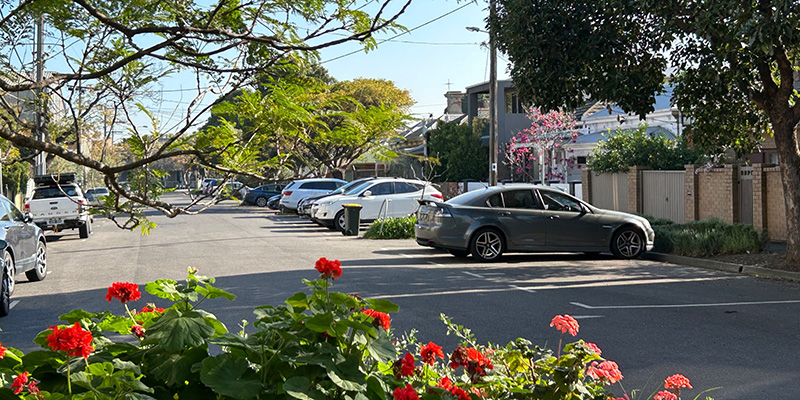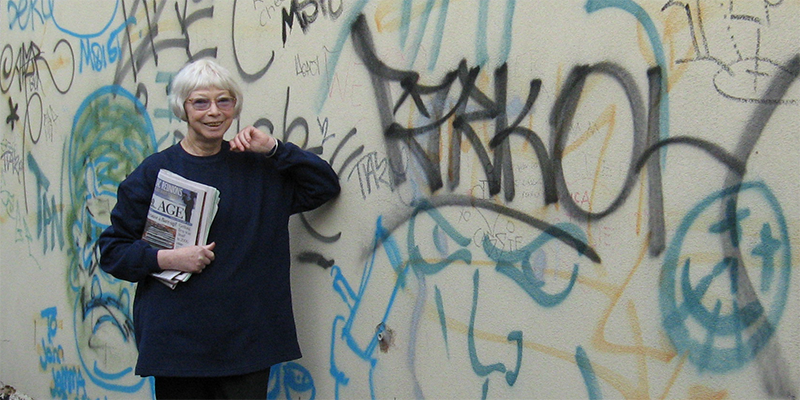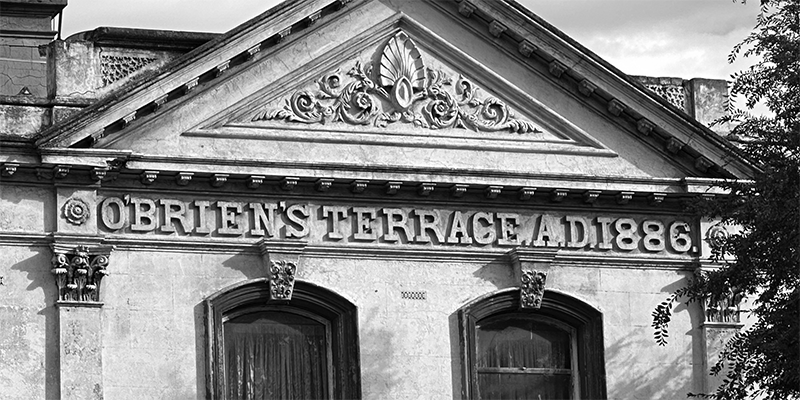Jack’s journeys
Journey no 2
Here is an account of some research recently completed by member Jack Bolt.
Jack says in summary:
‘Read a book, find an item interesting, go to the book’s references and web, do more personal research closer to home, find some more information/data, and inadvertently meet a PMHPS member who is part of the story. It only took about a week.
It starts with a book . . .
Jack says “as a Dutch born Australian who came here with my family in May 1951 and disembarked at Station Pier, I’m interested in Australian history and any Dutch connection.
Recently I bought a copy of the The Dutch Down Under (2006) from the Brotherhood of St Laurence book site. The book, edited by Nonja Petrs, is a collection of essays by different authors. Petres was at that time the Director of the Migration, Refugees and Citizenship Research Centre at the Curtin University of Technology, Western Australia. Chapter 7 headed ‘Evacuations into Australia from the Netherlands East Indies, 1922-1948‘, contains a reference to 77 Javanese ‘boat people’: men, women and children, who had been living in Sumatra and trying to return to Java and eventually arrived in Port Melbourne in 1942.
The Rev John Freeman was the minister of the Port Melbourne Methodist Church at that time as well as the Chaplain to the Royal Australian Naval Reserve at HMAS Lonsdale. The large Sunday school hall next to the Graham Street Church1 was converted to accommodation and the Javanese stayed there to the end of the War.
What a difference to the present sentiment/attitude to new arrivals!
I went onto the web to search for more and found the newspaper www.insideindonesia.org. The following week, I went to the PMHPS rooms and mentioned the story about the Javanese.
With the assistance of Lex Johnson, I found a letter in the file written in August 1995 by Mr W E Freeman, son of the Methodist minister, detailing his recollections of the events. The file also included a copy of some photos, published in the Sun newspaper on June 12,1943. Maree Chalmers copied the letter and photo page. I asked Suzy Milburn whether it was the Sun. Terry Keenan, also in the room, with no prompting and without even seeing the page with the photos said “it is the Sun and I’m in it!” Sure enough. On close inspection it was Terry with some Javanese boys taken at Nott St Primary.”
Thanks to members of the Society for the organisation of the files which enabled such ready access to the information in the Society’s collection.
Journey no 1
The ship on which we, as a family – my parents, two brothers and a sister – traveled was the Johan van Oldenbarnevelt. Originally the vessel was built for regular voyages from Holland to Indonesia carrying Dutch to and fro. It was very similar to the English vessels travelling between Australia and England. During the war it was used as a troop ship between England and America. To increase the carrying capacity of troops all the cabins were converted to large holds/dormitories for about 200-250 persons. The beds were metal frames with springs and in long rows and 3 – 4 beds high. Men and boys were separated and my mother and sister, aged 10 in different hold (zaals) to ours. We met at meal times and of course during the day. For a youngster it was an exiting time. More about the Johan van Oldenbarnevelt, known as the JvO, and the experiences of those who sailed in her can be found here at the Museum Victoria website.
Notes and further information
1A picture of the church can be found on p107 of The Borough and Its People by Margaret and Graham Bride



